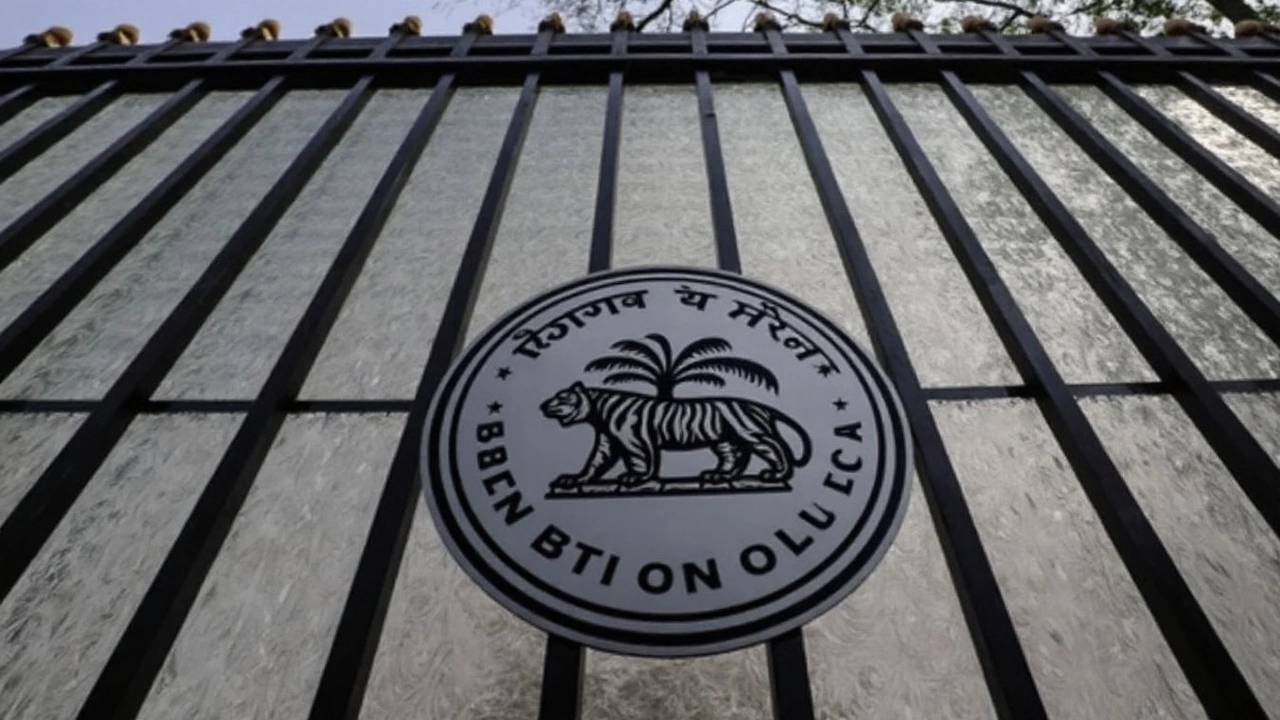RBI Repo Rate Held at 5.5%: Smart Moves for Home Loan Borrowers to Slash EMIs

Why RBI's Repo Rate Pause Matters for Home Loan Borrowers
The RBI repo rate decision is always a signal for anyone with a loan, especially home buyers. When the Reserve Bank of India left the repo rate unchanged at 5.5% this August, a lot of people breathed easier. Two consecutive policy meetings without a rate hike mean monthly outflows—like EMIs—won’t suddenly bounce up for millions of households. But here’s the real story: just because the policy rate hasn’t moved doesn’t mean your hands are tied. There are real, practical ways to lighten your home loan burden even in a steady-rate environment.
RBI’s call came on the back of inflation cooling off—consumer prices rising at just 2.10% in June—and a slight dial-back in India’s GDP growth forecast for the next year to 6.7%. Add concerns like US tariff threats and shaky global economics, and it’s clear why they opted for caution. The good news is, this creates a settled backdrop for borrowers to plan and act smartly.

EMI Reduction Hacks Every Borrower Should Know
When EMIs start feeling heavy or you think you could do better than your current bank’s rates, you’ve got choices. Here’s how you can take control and save money over your loan’s lifetime:
- Negotiate With Your Lender: Banks know that a reliable, low-risk borrower is valuable. If your credit profile has improved, or if you see banks advertising lower rates, ask your lender for a rate review. Even a 0.25% cut can mean thousands saved over years. Don’t hesitate—your loyalty and strong repayment history have value.
- Balance Transfers: This is like switching telecom providers for a better deal. If another bank offers a lower interest rate, you can transfer your outstanding home loan for better terms. There’s usually a processing fee, but worthwhile if you see a decent gap in rates. Just do the math properly—factoring in all charges—before jumping ship.
- Prepay When Possible: Found a bonus in your account? Got a windfall? Using that money to prepay a portion of your principal knocks down the whole interest calculation. Even small, irregular prepayments can cut your EMI or shorten your tenure. Most modern home loans—especially newer ones—don’t penalize you for this, but double-check your terms.
- Extend Loan Tenure: If your budget is really tight, your bank could allow you to stretch the tenure—say, from 15 years to 20. That lowers your EMI, but remember, you’ll end up paying more interest over the full period. It’s a trade-off between immediate breathing space and long-term cost.
- Consider a Top-Up Loan: Some banks let you top-up your existing mortgage at a competitive rate if you need extra funds. Using this top-up to pay off high-interest debts or for urgent expenses can be a better deal than personal loans or credit cards—just don’t over-borrow.
Analysts say this period of neutral policy is helpful for borrowers—there’s predictability, and banks have time to pass on effects from past repo rate cuts. Real estate folks see such stability as a boost for affordable housing too since steady EMIs keep demand healthy.
Bottom line: even when big policy rates stand still, you’ve got tools to manage EMIs. Don’t just accept what you’ve got. Shop around, ask questions, and consider every avenue before you settle. The right move now can save both cash and headaches down the road.
